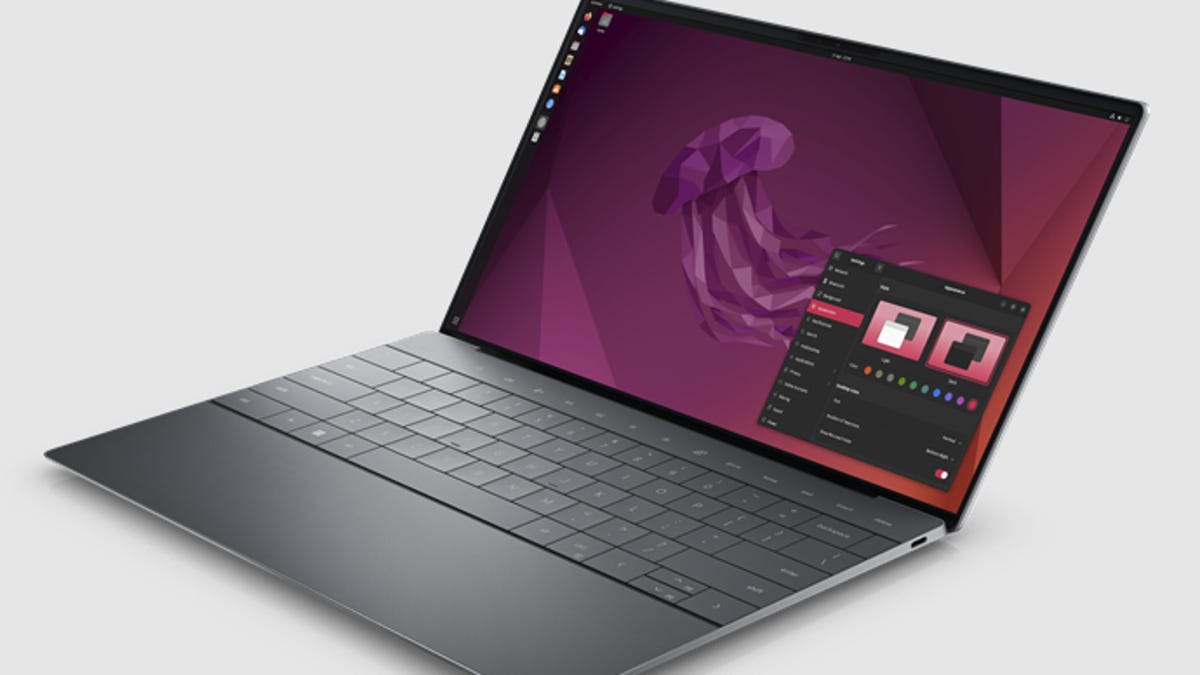- cross-posted to:
- [email protected]
- cross-posted to:
- [email protected]
Today, the Dell XPS-13 with Ubuntu Linux is easily the most well-known Linux laptop. Many users, especially developers – including Linus Torvalds – love it. As Torvalds recently said, “Normally, I wouldn’t name names, but I’m making an exception for the XPS 13 just because I liked it so much that I also ended up buying one for my daughter when she went off to college.”
So, how did Dell – best known for good-quality, mass-produced PCs – end up building top-of-the-line Ubuntu Linux laptops? Well, Barton George, Dell Technologies’ Developer Community manager, shared the “Project Sputnik” story this week in a presentation at the popular Linux and open-source community show, All Things Open.



Not a fan of the XPS line (expensive, not great thermals, and meh port selection) and I have never own one (though I’ve seen others with them). That said, I have a few of their Latitudes (currently using Latitude 7420) and one Precision and those run Linux really well.
One thing most people don’t realize is that Dell does support Linux (ie. Ubuntu) beyond the XPS line and you can buy Latitudes or Precisions with Linux support OOTB. Additionally, Dell ships firmware updates via LVFS on their XPS, Latitude, and Precision lines. The support isn’t perfect, but I have been happy with using Dell hardware and Linux for over a decade now.
PS. You can get really good deals via the Dell Outlet (my current laptop is refurbished from there), and you can usually find a number of off-lease or 2nd systems or parts on Ebay (very similar to Thinkpads).
The selling point of xps is that they are light. Many of us just need light laptops nowadays, as almost any hardware is more than capable of any task with the exception of gaming. But I have never gamed on laptops
Some of the Latitudes are pretty lightweight too. My Latitude 7420 is 2.7 lbs while the most recent XP 13 is 2.59 lbs. I should note that the Latitude 7420 is a 14in display rather than 13in and it has an HDMI port, 2 USB-C/TB ports, 1 USB-A port, and a microsd card reader (oh yeah, and a headphone jack). So for a small amount of more weight, you get more I/O and a larger screen.